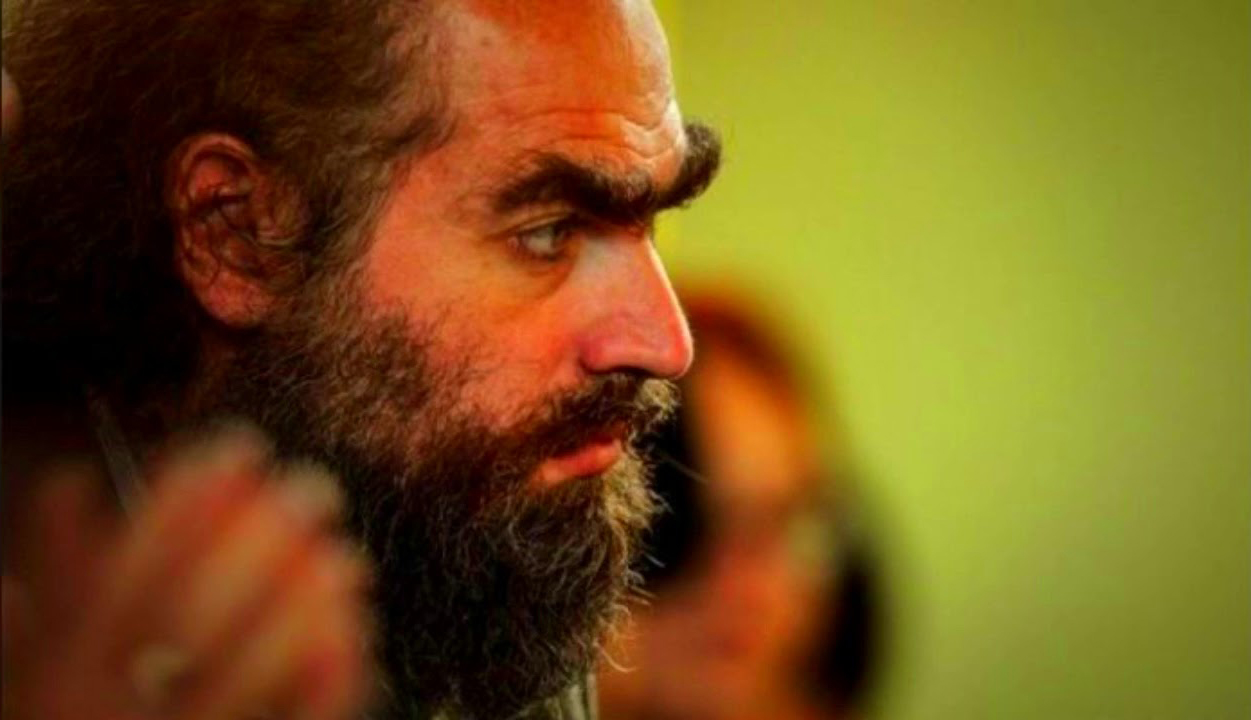In the realm of mathematics, certain names are etched in the annals of history, invoking awe and reverence—Henri Poincaré and Grigori Perelman are two such luminaries. Their contributions to the field of mathematics resonate beyond mere numbers; they reflect an intricate tapestry of human thought, experimentation, and the relentless pursuit of truth. This discourse ventures into the intersection of their legacies, illustrating the synthesis of genius, geometry, and the elusive nature of proof.
Henri Poincaré, regarded as the father of topology, elaborated on the complexities of mathematical dimensions and spaces, articulating concepts that were both revolutionary and profound. He introduced the notion of “topological spaces,” broadening the scope of geometry beyond classical definitions. His seminal work laid the foundation upon which modern geometry is constructed, encouraging a departure from rigid Euclidean principles. The metaphor of a labyrinth aptly characterizes Poincaré’s contributions—navigating through the myriad pathways of intricate definitions, one finds insights that lead to deeper understanding of spatial relationships.
Conversely, the tale of Grigori Perelman pivots from the linearity of traditional mathematical discourse into a sphere imbued with enigma. In the early 21st century, Perelman presented a proof of the Poincaré Conjecture, a longstanding quandary that haunted mathematicians for over a century. The conjecture posits that every simply connected, closed three-dimensional manifold is homeomorphic to a three-dimensional sphere. The profundity of this statement belies its simplicity, illustrating the potential for complex structures to be transformed into elementary forms through the right lens of understanding.
Perelman’s proof was not merely a technical feat; it represented an indelible moment in mathematical history, akin to alchemical transmutation. The metamorphosis of the abstract into the tangible epitomizes the core of mathematical inquiry. Using Ricci flow, Perelman articulated a revolutionary method for analyzing the geometric structures of manifolds over time, demonstrating how they evolve under certain conditions. His work rekindled interest not only in the Poincaré Conjecture but also in the very fabric of geometric topology itself.
Yet, Perelman’s journey toward glory diverged starkly from the typical narrative arc of scientific achievement. Traditionally, accolades and recognition follow those who unveil monumental proofs. Perelman, however, eschewed these trappings, opting for a life shrouded in mystery. His rejection of the prestigious Fields Medal—awarded to mathematicians for outstanding achievements—serves as a potent metaphor for the intrinsic disconnection between genius and societal validation. In Perelman’s world, the proof was paramount; the recognition of peers was but an ephemeral shadow.
The duality of their legacies illuminates a broader contemplation on the nature of mathematical genius. Poincaré was imbued with a fervor for exploration and discovery, frequently articulating the profound interconnectedness of disparate mathematical branches. His works in celestial mechanics, algebra, and topology exhibit a polymathic agility, wherein the elegance of geometry transcends disciplinary boundaries. Thus, one might view him as a cartographer of the unseen realms, tracing contours of intuition and creativity that others sought to delineate with rigid structures.
In stark contrast, Perelman’s work epitomizes a solitary pursuit of truth, emphasizing the notion that mathematics can exist independent of fame and fortune. His ascent to prominence was not heralded by grandiose expositions; rather, it was marked by a quiet introspection that many might equate to a Zen-like enlightenment. This perspective reshapes the narrative of accolades—suggesting that true genius resides in conviction, regardless of external validation.
The metaphysical implications of Perelman’s proof extend beyond the static confines of geometrical understanding. The Poincaré Conjecture navigates the realms of philosophy, questioning the very essence of existence in mathematical language. What does it mean for a manifold to possess homeomorphism with a sphere? At its core, the question challenges preconceived notions of dimensional existence, compelling mathematicians to ponder the nature of reality and abstraction itself. Thus, Perelman’s achievement can be likened to a philosophical inquiry, opening avenues for deeper reflection on the nature of spacetime and the universe.
In observing the singular trajectory of these two thinkers, one finds a rich tableau of divergent yet complementary philosophies. Poincaré’s illustrious career serves as a reminder of the interconnectedness of mathematical ideas, where discoveries build upon one another, creating a cumulative body of knowledge. Conversely, Perelman’s narrative urges a reconsideration of the role of individual agency in the face of collective inquiry. The laurels of glory, in this light, become less pertinent than the pursuit of understanding itself.
As we reflect upon the legacies of Poincaré and Perelman, the tale of genius, geometry, and glory intertwines into an intricate dance of intellect. Their divergent paths—one enshrined in the ceremonial accolades of the mathematical community and the other carved by a solitary commitment to truth—illuminate the complexity of the human experience as it relates to the field of mathematics. Through this examination, the unique appeal of their stories transcends mere mathematical achievement, inviting us to appreciate the enigmatic beauty of thought, exploration, and the quintessential nature of proof.










